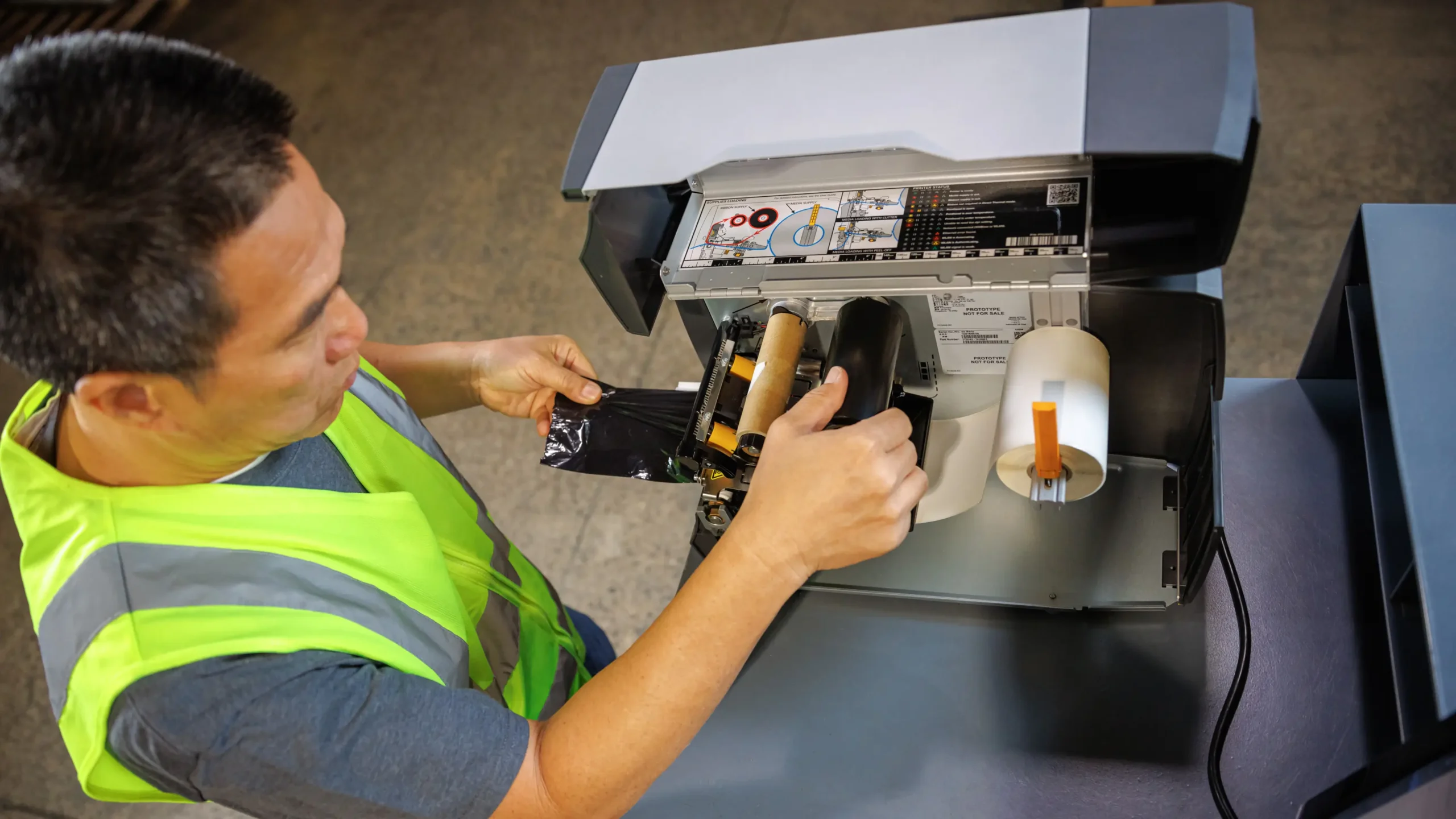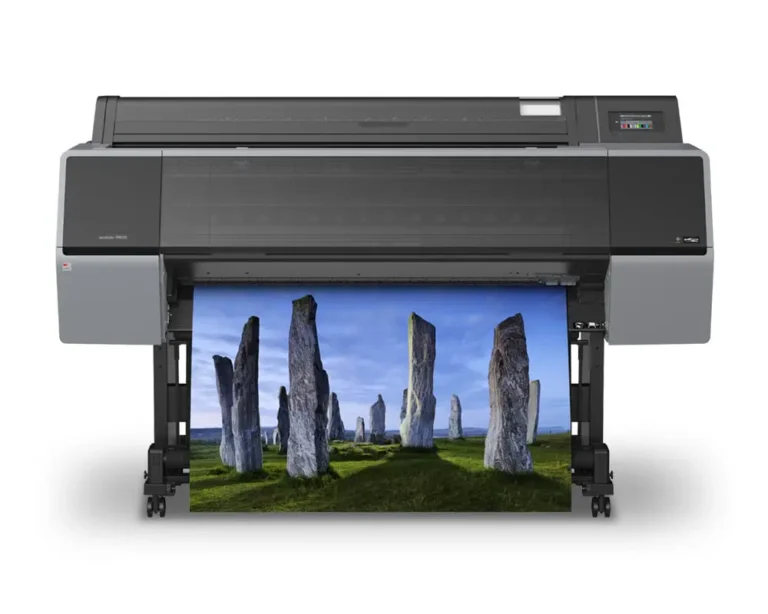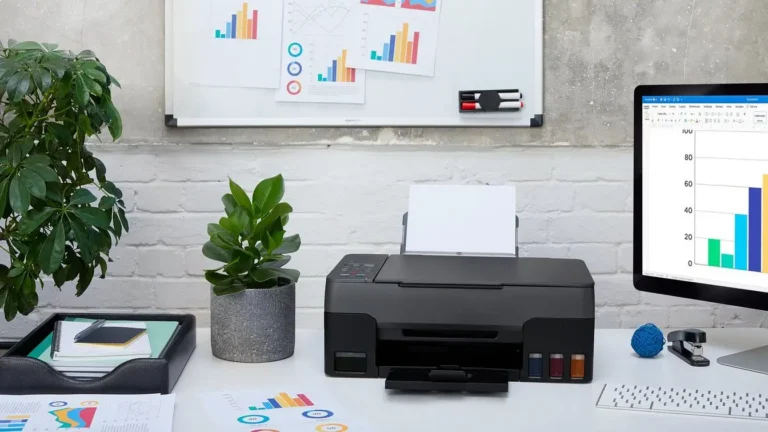Paper Jam How to and Prevent Printer Paper Jams Easily
Paper jams are one of the most common and frustrating faced by printer users. They interrupt your workflow, waste time, and can even damage your printer if not handled properly. Luckily, most paper jams can be done quickly with the right approach — and better yet, many can be prevented altogether.
Why Do Paper Jams Happen?
Paper jams occur when the paper feeding mechanism inside the printer gets blocked or the paper is misaligned. Common causes include using the wrong paper type or size, overloading the paper tray, damaged or wrinkled paper, or dirt and dust inside the printer.
Step-by-Step Guide to donea Paper Jam
- Turn Off Your Printer: Always power off your printer before trying to clear a jam to avoid damaging internal parts.
- Open All Accessible Panels: Most printers have multiple access points including the front cover, rear panel, and paper tray. Check all these areas carefully.
- Gently Remove Jammed Paper: Pull the stuck paper slowly and evenly. Avoid tearing it, because small bits left inside can cause further jams. If paper tears, carefully remove all leftover pieces.
- Check the Paper Path: Look inside the printer for any scraps or obstructions and clear them out. You can also gently clean rollers using a lint-free cloth dampened with water.
- Reload Paper Properly: Make sure your paper stack is straight, not curled or folded, and don’t overload the tray. Adjust the paper guides snugly against the paper edges.
Prevent Future Jams
- Use only recommended paper types and weights.
- Fan your paper stack before loading to reduce static and sticking.
- Keep your printer clean and free from dust.
- Avoid mixing different types of paper in one tray.
- Regularly inspect and replace worn rollers.
Paper jams don’t have to be a headache. With these tips, you can easy done jams and keep your printer running smoothly for all your printing tasks.







